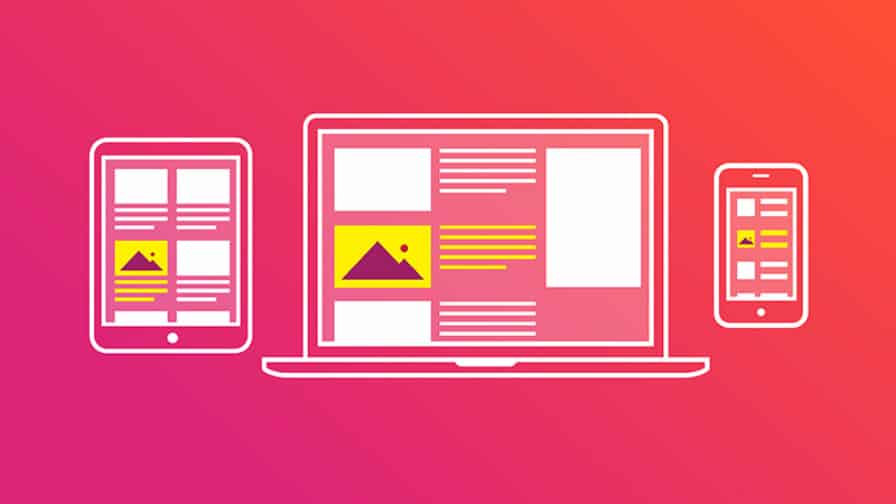When interactive ad agency director Joe McCambley bought what is considered to be the web’s first banner ad – for AT&T on HotWired in 1994 – he lit the blue touch paper that kickstarted a revolution in advertising.
Although the web at that time may not have been accustomed to commercial messaging of any kind, banners were set to become the most popular format in the ad category, funding most of our digital content today.
Tipping the scales in favour of native
Display advertising, the kind bought by brands, has been dominated by banners for more than 20 years. A decade ago, banner spend made up 95% of all digital display spending. But now there are new formats in town.
Let’s take a look at the new ad mix. IAB UK today recognises at least 11 different kinds of display formats, of which banners still make up the largest share. The £1.4 billion spent on UK digital banners in 2016 – according to IAB UK/Pwc Digital Adspend Study – represented 38% of total display spending, and is nearly four times greater than a decade ago.
But there is a new display format snapping at the heels of banner ads. In 2016, so-called content and native formats took £1.17 billion in UK spending, making up 31% of total display spending.
If that puts native in a narrow second place, consider the pattern of movement. Last year, banner spending fell 8% whilst content and native spending grew 28%. If the same trajectories hold true in 2017 (and all our dealings with advertisers and buyers suggest they are), then by the time this year’s data is pulled, we could be describing an advertising market that is now dominated by native ads rather than traditional banner offerings.
Halfway through the year, chances are high that the scales have tipped in favour of native. Content and native ads already account for the largest share of UK mobile display spending: 46% or £884 million.
Confronting native fears
The growth figures also provide some vindication, because – for all the hype about native ads over the years – the format has also attracted a healthy dose of scepticism. Will audiences trust it? Will advertisers embrace it? Can native scale? The native tipping point we have reached suggests the answers to all of these questions are “yes”.
Why is native winning the day? The format’s lead is thanks not just to its inherent benefits but also to the surrounding context in the buyer market.
Average display ad click-through rate had fallen to just 0.05% at DoubleClick’s last count, hardly representing marketing effectiveness. Attention has been re-shaped by feed-centric social media, with many consumers now quick to identify a traditional and obvious advertising message, instead placing greater trust in the valuable content a brand can provide.
Opportunity within segmentation
No wonder there are signs of anxiety in traditional advertising segments. Buyers are now pulling back from traditional formats at a rate of knots. Greater effectiveness and higher engagement can be found elsewhere. In a wider consumer economy that is increasingly stretched by growing consumer debt, falling car sales and small-business apprehension on the cusp of Brexit, advertisers are either reducing spend or switching to more impactful channels.
Another of these channels is online video. Growing 56% within the last year, this format is also likely to surge past banner spending when the 2017 scores are on the doors.
But much of video spending has been low-hanging fruit, simply the shoveling of TV ad inventory toward new screens, and toward audiences considered receptive to video ads simply by dint of having an appetite for video content.
Native ads are not just the same creative squeezed into a differently-shaped box, they are a brand new format in their own right. They have required the industry re-think its whole approach to advertising messaging, the standards with which we operate.
I am of the opinion that native advertising is more than just a new, convenient advertising format. I believe that what we are seeing , and what we describe as native advertising today, is in fact the evolution of online advertising as a whole – how it is commissioned, created and consumed – and that native advertising is the first truly native-to-digital-ad-format in existence. Video Ads and Banner Ads, for example, are legacy formats from pre-digital days. It’s the central argument I make in my book Native Advertising, published by Kogan Page.
Native advertising has risen out of the primordial swamp of competing online advertising formats that characterized the first twenty years or so of the internet and is evolving to become the dominant form of digital advertising in existence.
Let’s credit the banner for having fuelled the digital display ad boom up until now. But let’s also celebrate the milestone at which native becomes the larger slice of the pie that will keep us fed in the future.

